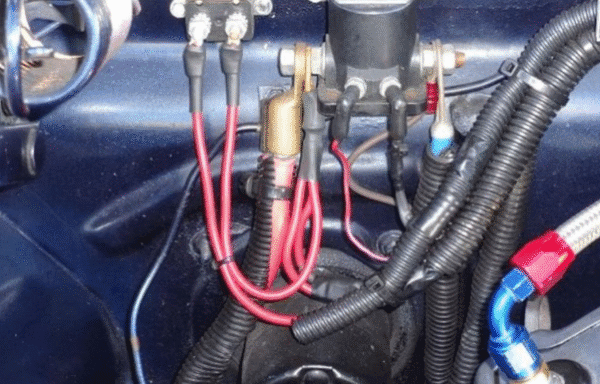Understanding the Problem
Encountering the situation where you turn the ignition key but the engine does not respond can be frustrating. This typically indicates a problem with the starter. Having to catch a flight or attend a meeting makes the urgency to fix this issue even greater. Thankfully, there are a few tricks you can apply to potentially start a car with a bad starter.

Check Connections and Clean Corrosion
The starter is part of an electrical circuit and relies on all connections being secure. Begin by checking all cables between the battery and the starter. Ensure they are tight, as loose connections can inhibit the flow of current. Additionally, corrosion can also restrict electrical flow. If you see corrosion, disconnect the battery and gently clean the affected areas with fine-grade sandpaper. Alternatively, using a mixture of water and caustic soda can help reduce stubborn corrosion.
Physical Tricks to Revive the Starter
If the issue persists, there are a couple more manual tricks to try. Gently tapping the starter with a hammer or wrench (four to five taps) can sometimes free a stuck gear, especially if other electrical components are still functioning. If you are not comfortable getting under the hood, shaking the car gently while ensuring the handbrake is engaged may help to loosen the gear as well. Lastly, inspect the engine grounds, as damaged or rusted ground wires can prevent the starter from operating effectively. Connecting a jumper wire from the battery’s negative post to the starter frame may bypass any ground faults.
Final Considerations
In some cases, if all else fails, jump-starting the car might be an option if the battery has enough charge. However, ensure the battery can provide sufficient current to the starter. If these tricks do not work, it might be time to seek professional assistance.



